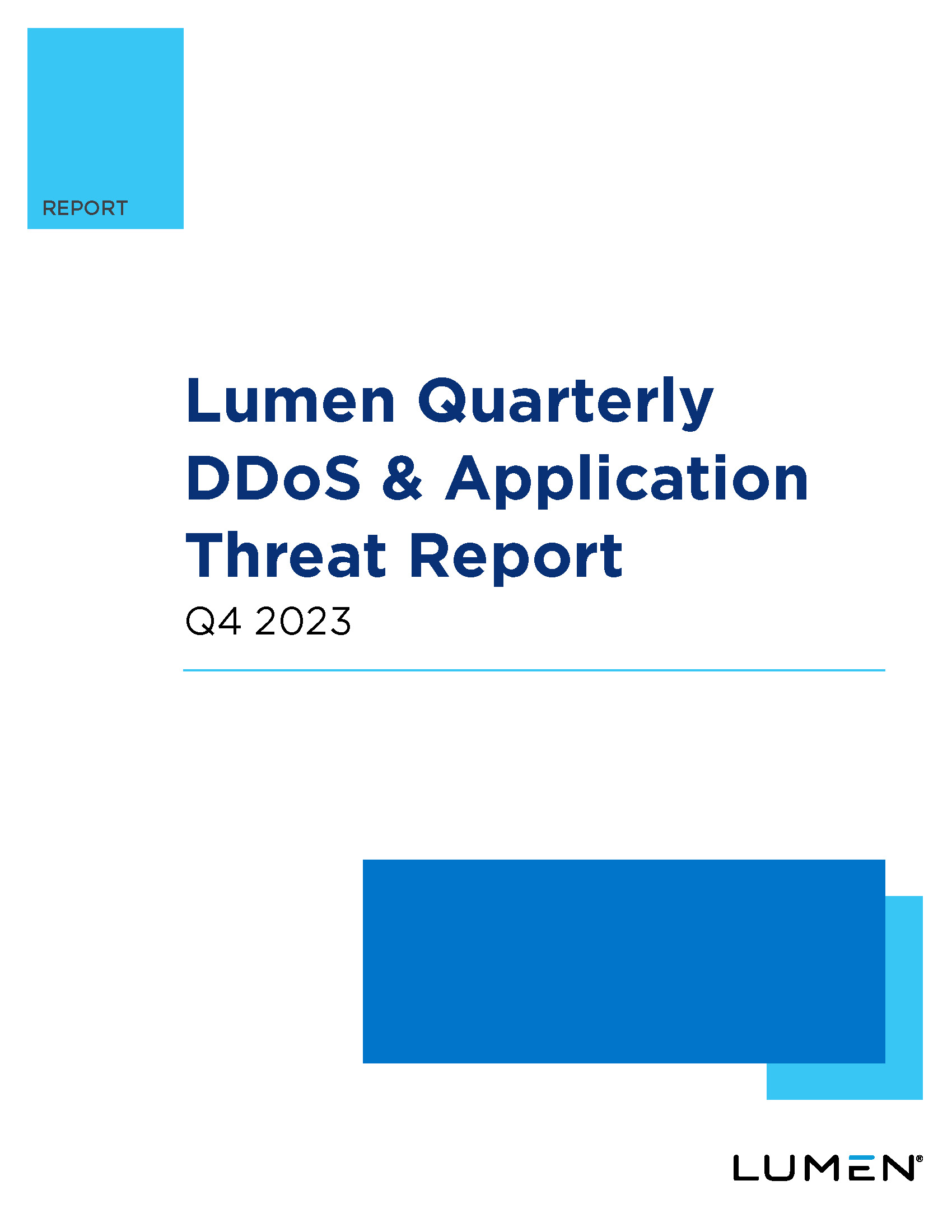In an interconnected world, the supply chain has become a crucial hub of business operations. While this has brought about many advantages in terms of efficiency and collaboration, it has also introduced an array of cybersecurity risks. As a supply chain manager, you must now leverage technology to secure your operations. This post explores the role of technology in supply chain cybersecurity and how it can fortify your defences against cyber threats.
How Technology Can Enhance Supply Chain Security
Modern technology is a double-edged sword. While it presents new avenues for cyber attackers, it also equips businesses with advanced tools to fend off these threats. Here’s how technology can bolster your supply chain security:
Real-time Visibility: Technologies like Internet of Things (IoT) and blockchain provide real-time visibility into the supply chain, enabling early detection of irregularities and potential threats.
Automated Protection: AI and machine learning can automatically detect, analyse, and respond to threats, reducing the reliance on manual interventions.
Advanced Authentication: Technology enables stronger authentication methods, such as biometrics and two-factor authentication, adding an extra layer of security.
Technology-Driven Supply Chain Security
Using technology to drive supply chain security involves proactive and reactive measures. Proactive measures prevent attacks from occurring, while reactive measures limit the impact of an attack once it occurs.
Proactive Measures: These include tools like firewalls, encryption, and antivirus software that keep attackers at bay. Automated threat intelligence platforms can also identify potential threats before they strike.
Reactive Measures: Despite your best efforts, some threats may still penetrate your defences. Reactive measures, such as intrusion detection systems and incident response tools, help you swiftly detect and contain these threats.
Future Tech Trends in Supply Chain Cybersecurity
As cyber threats evolve, so do the technologies to counter them. Here are some trends that are set to shape the future of supply chain cybersecurity:
Predictive Analytics: Leveraging machine learning, predictive analytics tools can analyse patterns to forecast potential threats, giving you a head start in countering them.
Decentralised Security: With technologies like blockchain, the security landscape is moving towards decentralisation. This approach distributes the security burden across multiple nodes, making it harder for cyber attackers to disrupt the supply chain.
Balancing Technology with Other Security Measures
While technology plays a significant role in supply chain cybersecurity, it should not be your only line of defence. It’s crucial to balance technology with other security measures, such as:
Human Vigilance: Regular training programs can help employees recognise and respond to cyber threats, making them a key part of your security strategy.
Robust Policies: Clear policies and guidelines can shape a security-conscious culture within your organisation, further strengthening your defences.
Third-Party Management: Ensure your vendors and partners follow robust cybersecurity practices to prevent vulnerabilities in your supply chain.
Leveraging technology in your supply chain cybersecurity strategy can significantly enhance your defences against cyber threats. However, remember that technology is only as effective as the strategy and people behind it. By balancing technology with vigilant employees, robust policies, and third-party management, you can create a strong, resilient defence against supply chain cyber threats. If you need help navigating the complexities of cybersecurity in your supply chain operations, contact us. Our dedicated supply chain risk management solutions can help you leverage technology effectively while ensuring a balanced and comprehensive approach to your cybersecurity needs.





